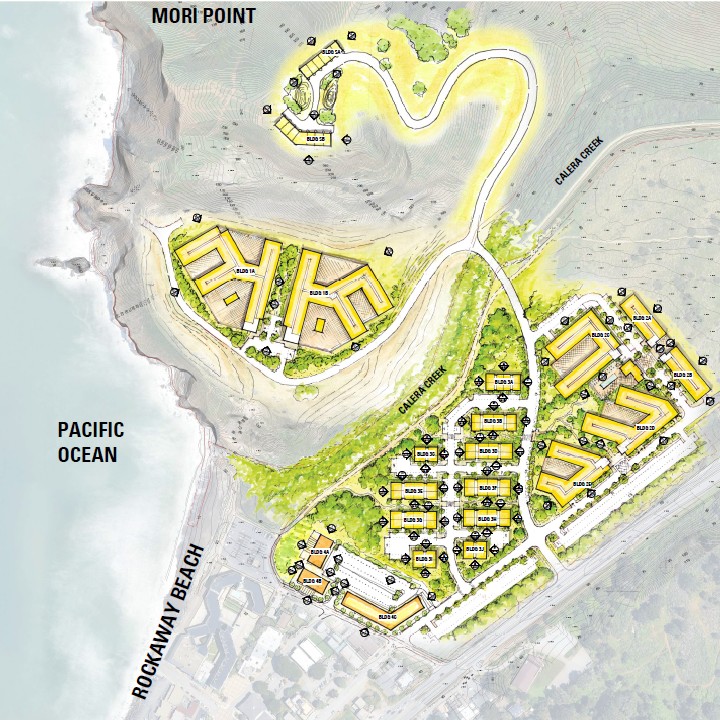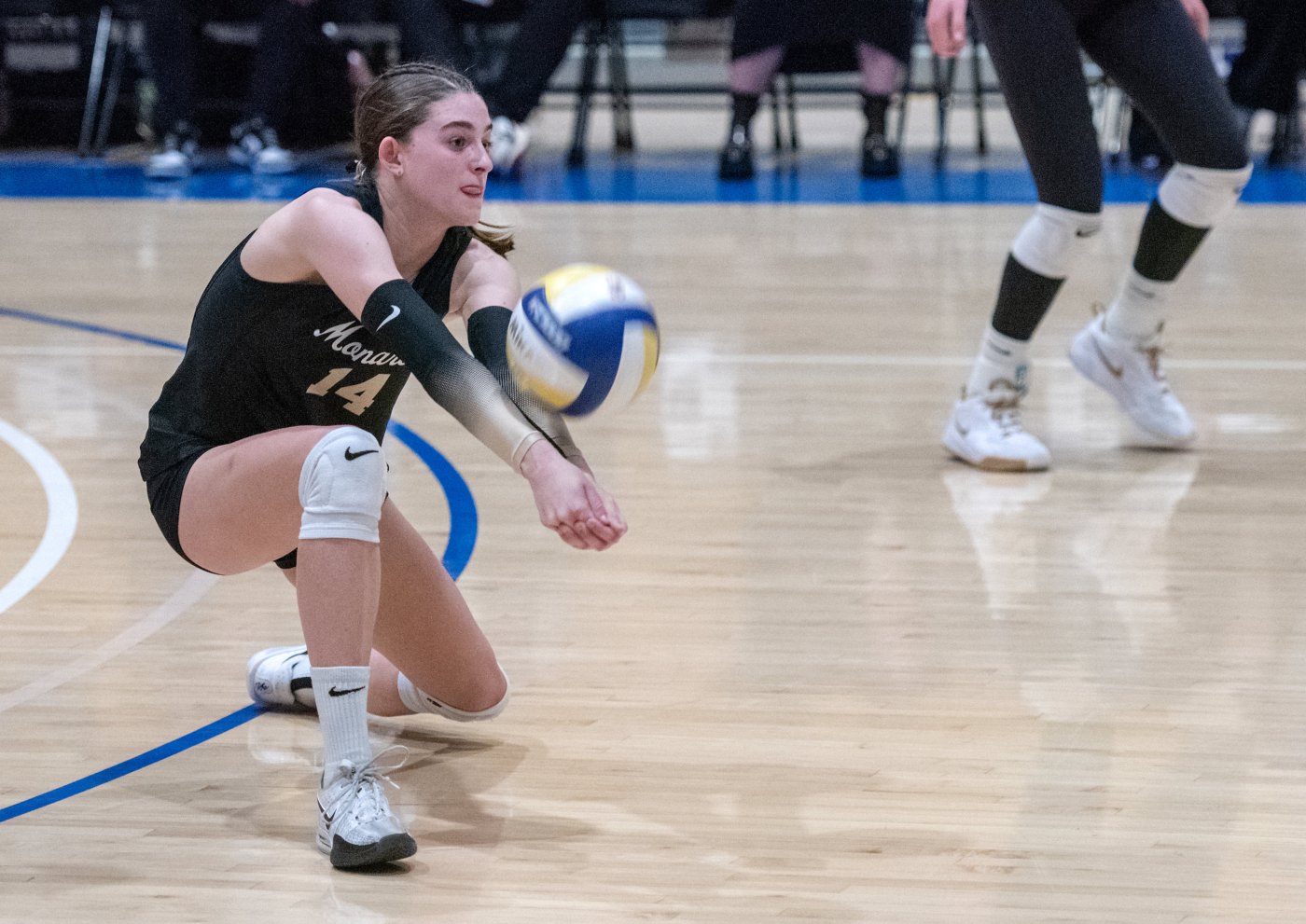A real estate company proposed building at least 1,020 affordable homes at Pacifica’s long-dormant Rockaway Quarry, leveraging California’s “builder’s remedy,” a legal tool that allows developers to bypass local zoning in cities found to be non-compliant with state housing laws.
If the project is realized, Pacifica, which has a history of rejecting development proposals for the site, could fulfill half of its state-mandated requirement to build 1,892 housing units by 2031.
Preserve @ Pacifica, LLC, the site owner and developer, unveiled the Coastal Crest Residences project located near Rockaway Beach as a “missing middle” community, with approximately 80% of the units aimed at moderate-income households and the remaining 20% deed-restricted for low-income residents.
The “missing middle,” the developer explained, are those who earn too much for traditional low-income housing but cannot afford market-rate options – often including workers like teachers, police officers and emergency responders.
San Mateo County’s 2024 income limits define median income for a single person as $130,600, with low-income categories at or below $109,000.
According to Zillow, the average home in San Mateo County, which hosts major biotech and tech hubs, sold for $1.6 million over the past year.
Paul Heule, owner of Preserve @ Pacifica, LLC, emphasized the need for the project.
“This is maybe the highest need area in the entire country for affordable housing and I’m proud to be building it in an area where very little exists currently,” he said. “Pacifica has been fighting against housing on this site for more than 30 years, and we are in a housing crisis, so this project feels long overdue.”
Related Articles
San Mateo City Council opposes Highway 101 connector project
San Mateo supervisors officially gain temporary power to remove Sheriff Christina Corpus
San Mateo County approves $10.3 million for BART fare gate upgrades
As Measure A appears to have overwhelmingly passed, San Mateo County sheriff says she won’t step down. Now what?
Early results show San Mateo County voters favor Sheriff Corpus’ ouster
Pacifica City Manager Kevin Woodhouse confirmed this week that the city has received a preliminary application for the quarry site and will process it according to state law. The developer has six months to formally file the application before it can go to the planning commission and then the city council.
Pacifica is subject to builder’s remedy due to its non-compliance with its state-mandated housing plans, officially known as the “housing element.”
According to data from the California Department of Housing & Community Development, Pacifica is one of five jurisdictions in San Mateo County – the Bay Area’s most non-compliant county – that either lack an approved housing element or have had their certification revoked by the state. The Pacifica City Council approved its revised housing element in late March, and state housing regulators are currently reviewing it.
The builder’s remedy, a component of California’s housing law, permits developers to sidestep local zoning rules if a project includes at least 20% affordable units in cities with inadequate housing plans. Non-compliant cities also risk losing state and federal funding.
The Rockaway Quarry has been vacant since 1987, and past development proposals have failed to gain city council approval. Preserve @ Pacifica said it first sought to develop the site in 2016 with a mixed-use project that was ultimately halted by a ballot measure. In 2018, the developer submitted a quarry reclamation permit application, which the city council rejected in late 2024 after a six-year review.
Sonja Trauss, executive director of YIMBY Law, an organization that advocates for housing development, said Pacifica is legally obligated to process the application due to state housing laws.
“We could not be more thrilled that the builder’s remedy is being used to address the missing middle housing shortage in one of the highest need areas of the state,” Trauss said. “Pacifica has a reputation for not building housing. So, we’ll be keeping an eye on them.”
Regionwide, Bay Area cities must collectively build 442,000 units to meet demand, according to the Association of Bay Area Governments.





